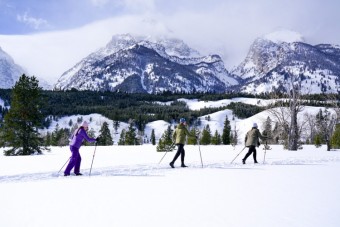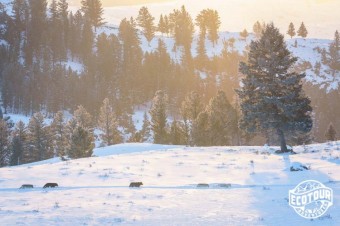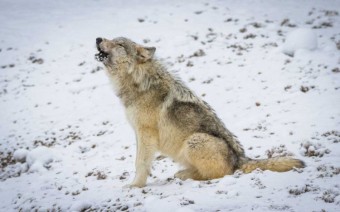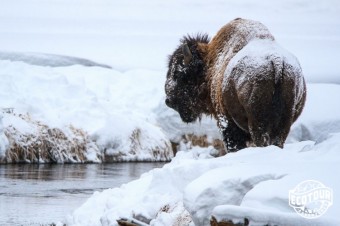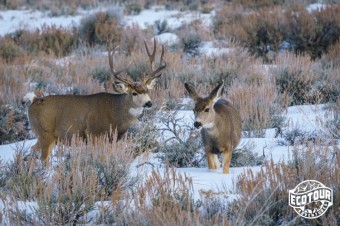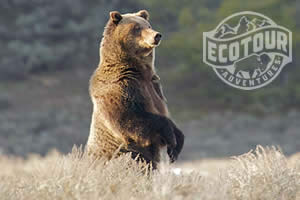March 2021 Wildlife Log
With sunshine filling the forecast for the first week of March we're experincing a great preview of the coming spring. As days continue to lengthen and the sun rises higher in the sky our chances for beautiful sunny weather increase, yet it is very much still winter in Jackson Hole. Deep snow means most of our big game species are concentrated in the southern end of the valley, but it is possible that the first grizzlies of they year may soon be emerging in Yellowstone. Watch for sage grouse beginning to gather on exposed slopes, and the first migratory birds of spring to return, including mountain blue birds, red winged blackbirds, and red tailed hawks. Winter isn't over yet but the first signs of spring are beginning to appear!
Read more ...February 2021 Wildlife Log
February is the heart of winter in The Greater Yellowstone Ecosystem. Wildlife are concentrated on winter range and this year has been one of the snowiest on record in Jackson Hole. Moose have dropped antlers, and mule deer will soon follow suit. The wolf and coyote mating season wraps up by the end of the month as days begin to grow longer, a hint of the coming spring. Read on for more video and photo updates!
Read more ...Why Winter is the Best Time of Year to Watch Wolves in Yellowstone National Park
We’ve been enjoying some of the best wolf watching in years in Yellowstone this winter, over a quarter century since wolves were reintroduced to the world’s first National Park. Though wolves can be observed any month of the year, winter is usually the best time to see them due to increased wildlife density on winter range and an increase in activity that comes from the annual wolf mating season. Add in sparse winter crowds and the stunning snowy wonderland of Yellowstone and you’ve got the makings of a perfect winter adventure.
Read more ...Ask a Naturalist: How to Identify Male and Female Bison
Yellowstone and Grand Teton National Parks are some of the best places in the world to view wild bison year round, and a common question we get is “how do you tell the difference between male and female bison?” Both sexes have horns, meaning even experienced wildlife watchers can be challenged when sexing bison which is why it’s important to use multiple methods of identification. Careful observation in four main areas; horn shape, horn size, head shape, and body characteristics are how we tell the difference. Read on to learn more.
Read more ...

